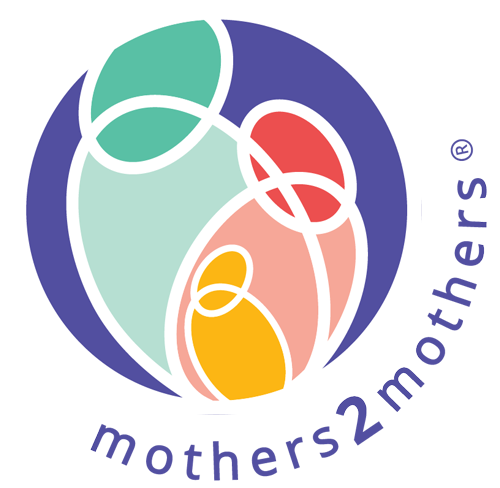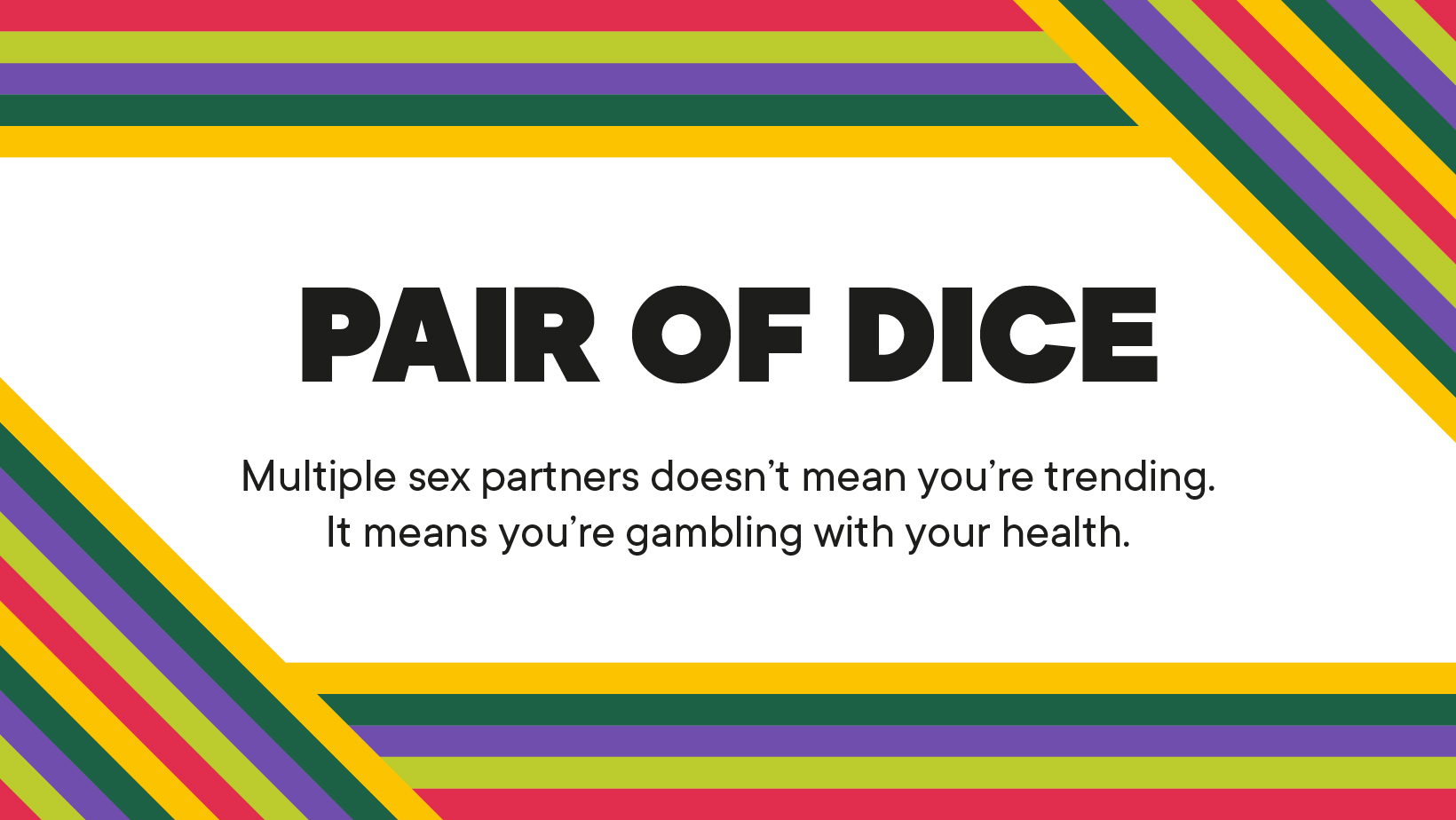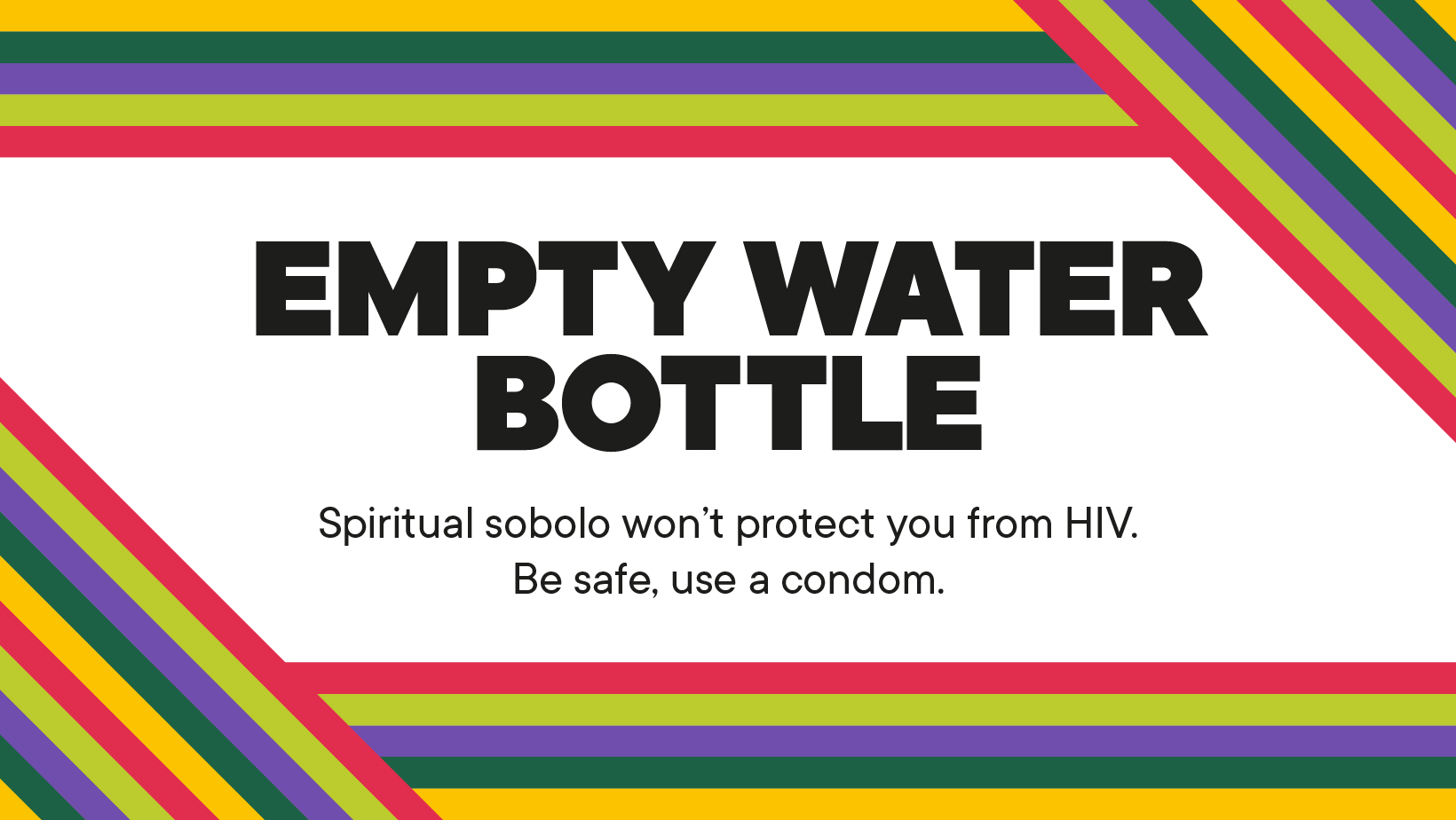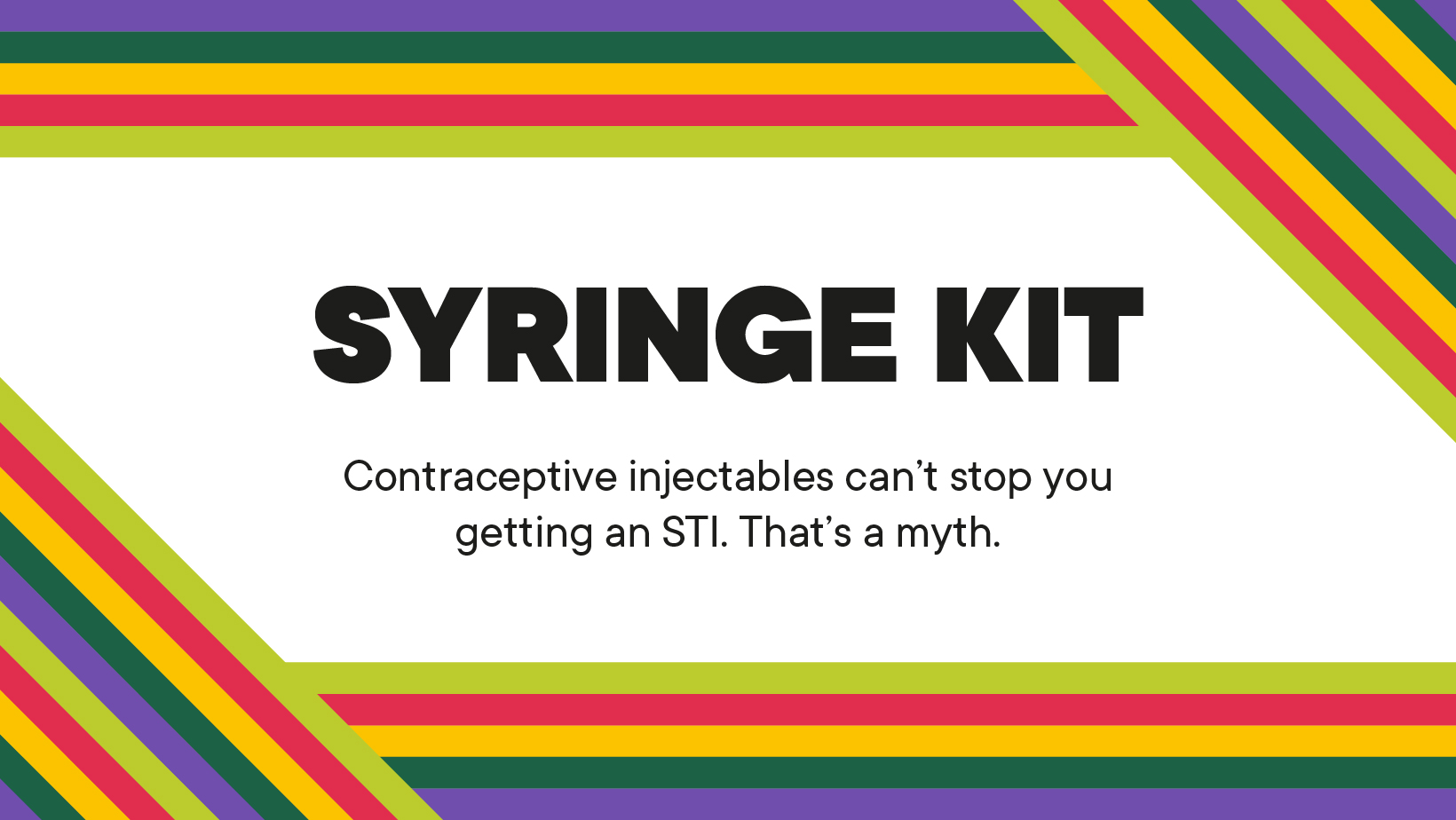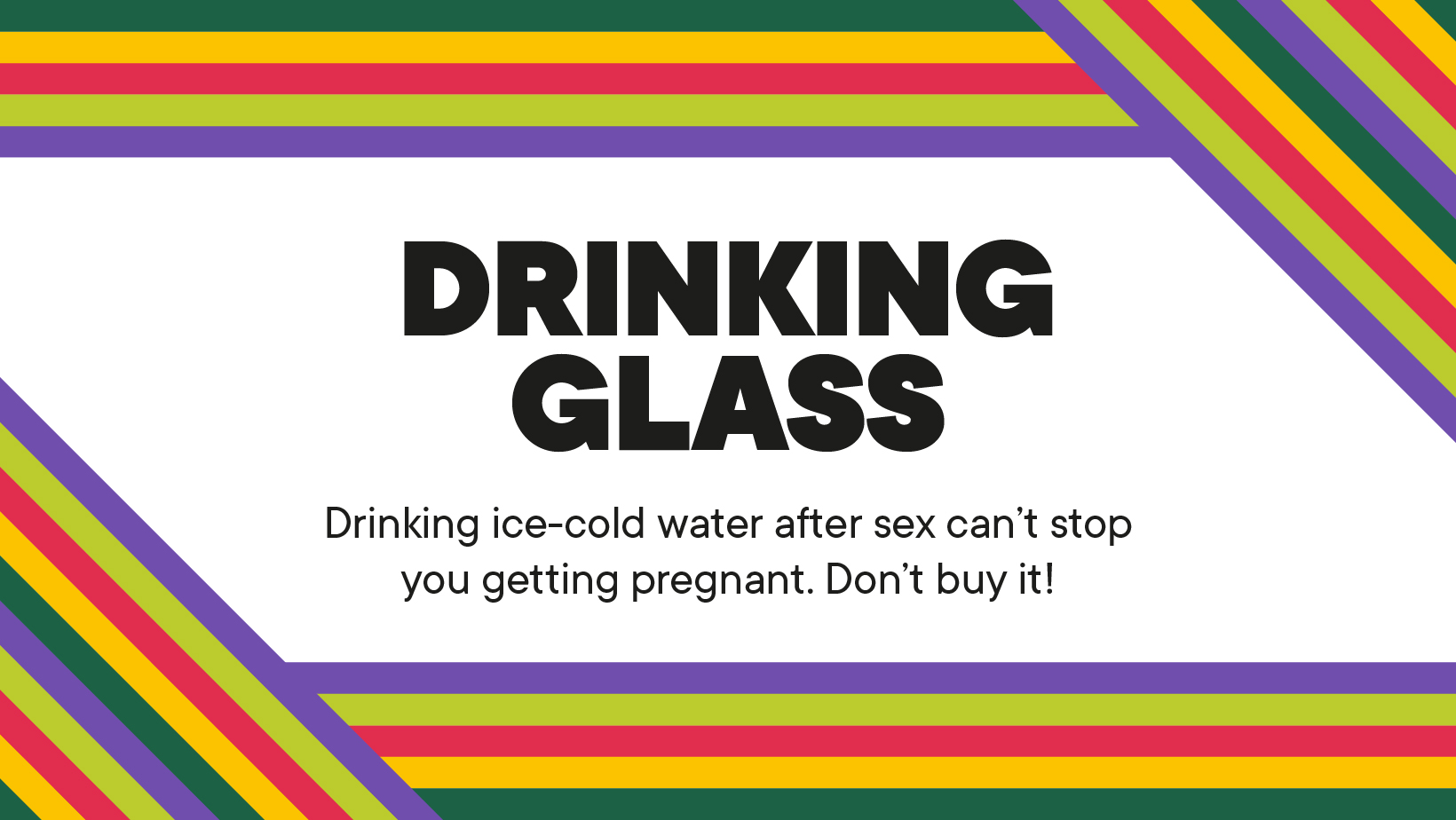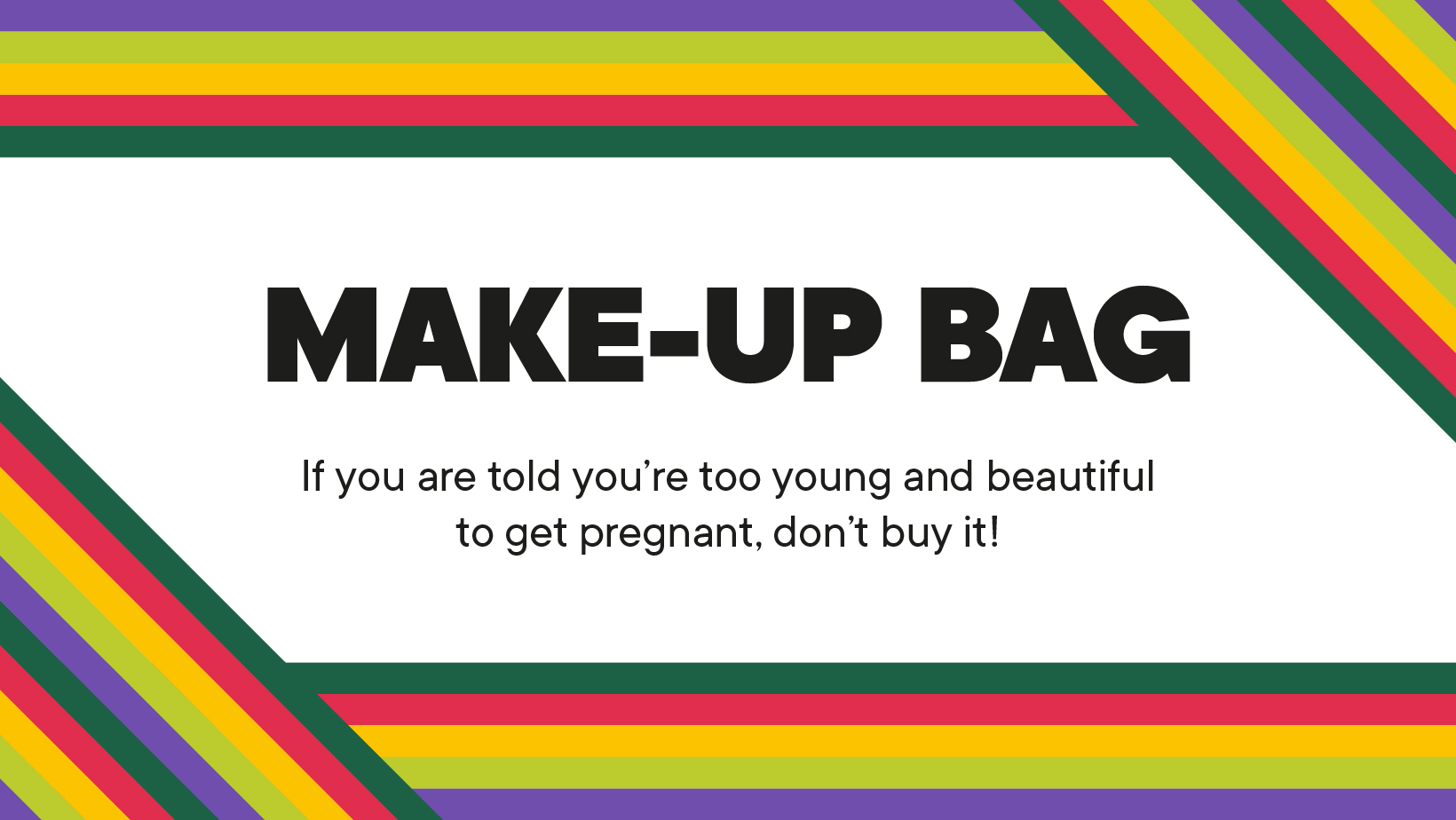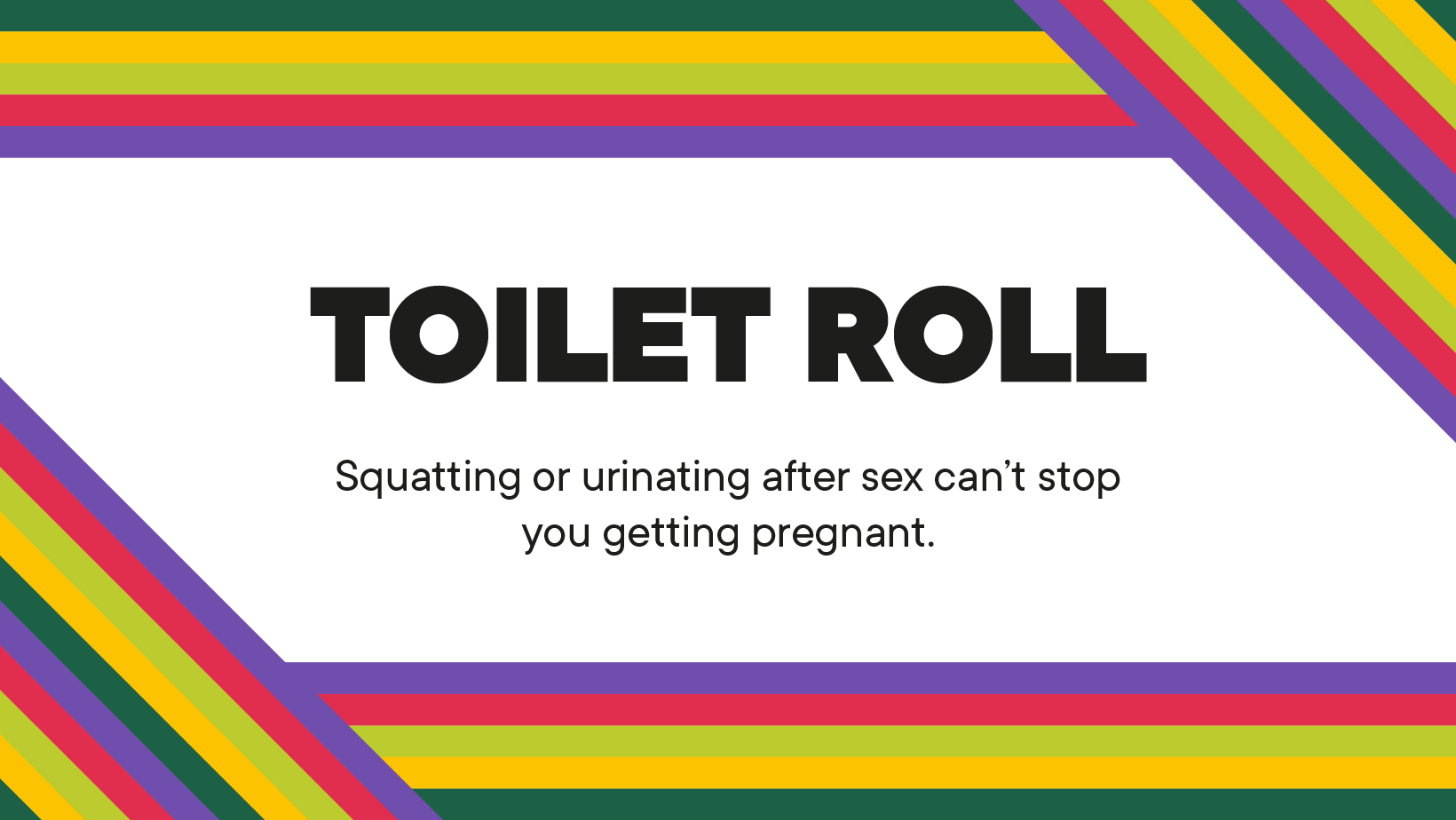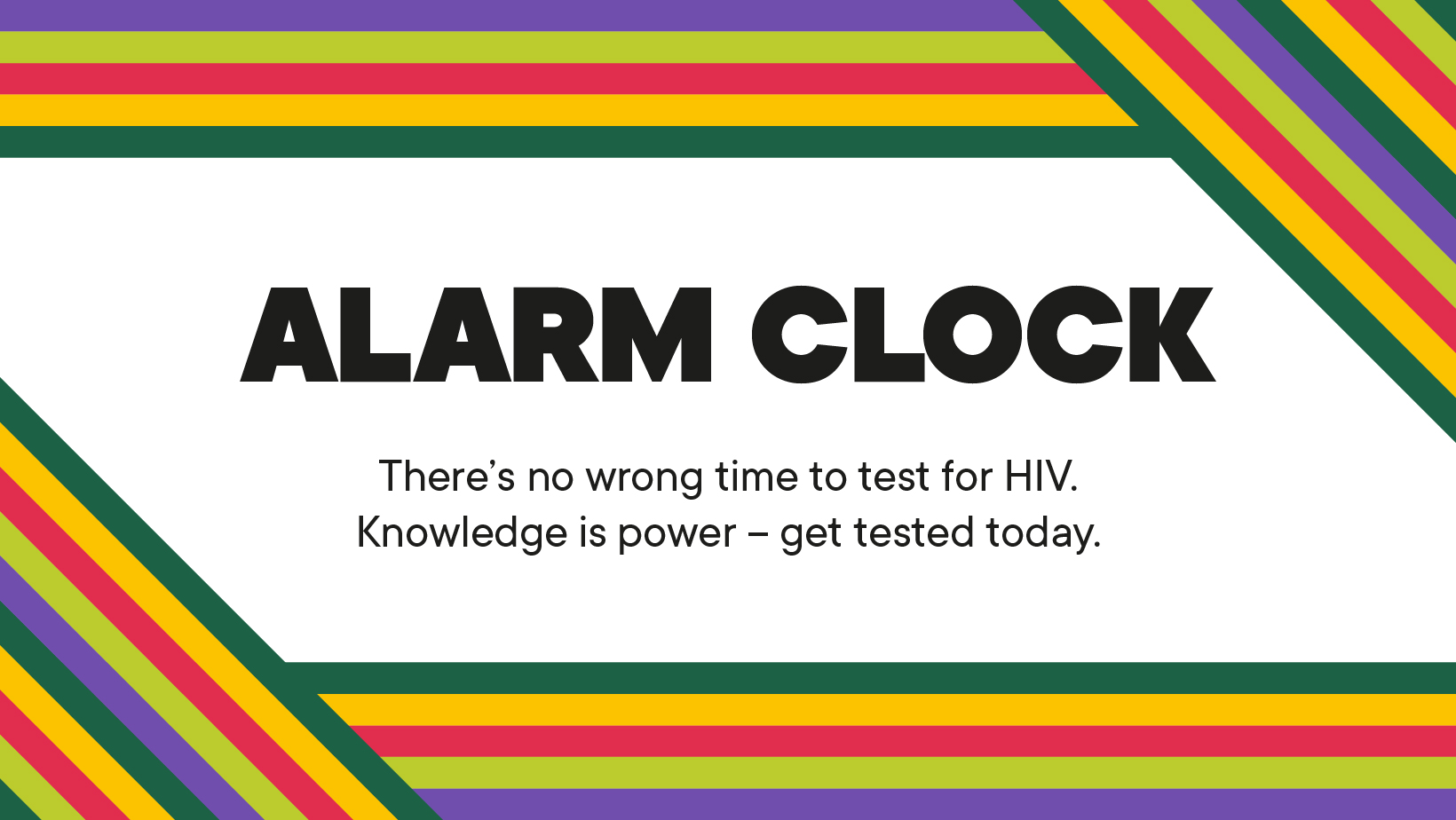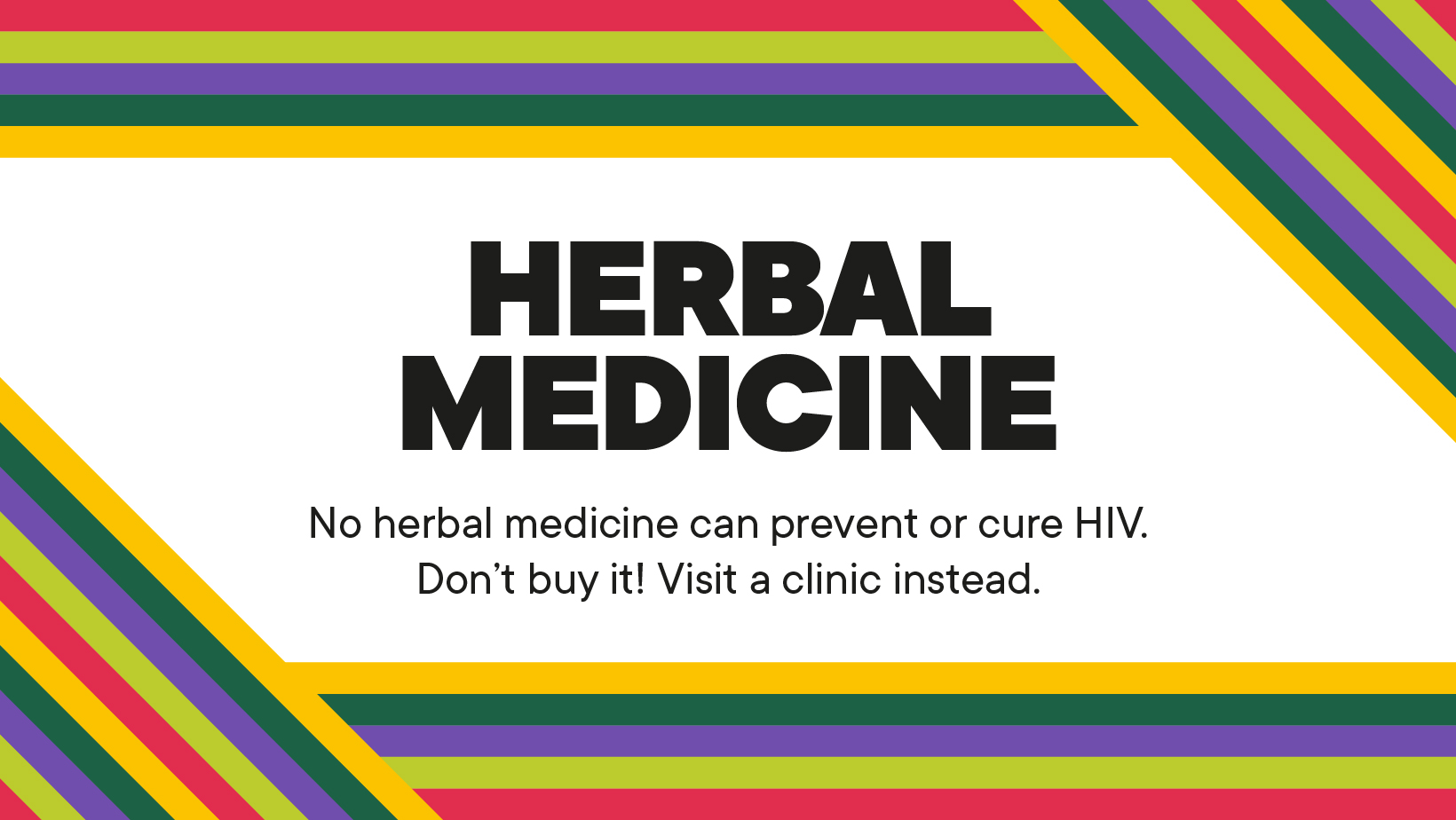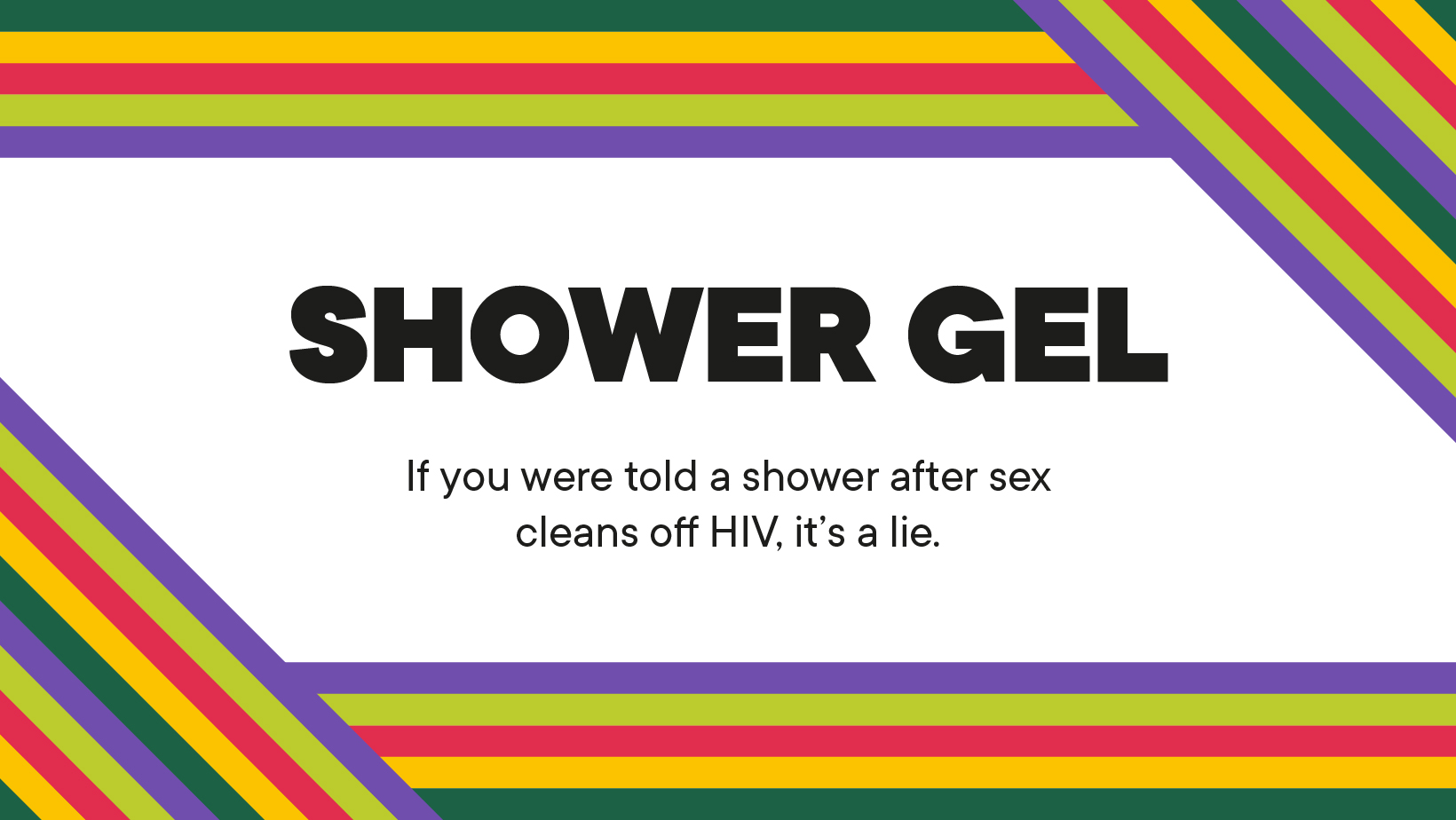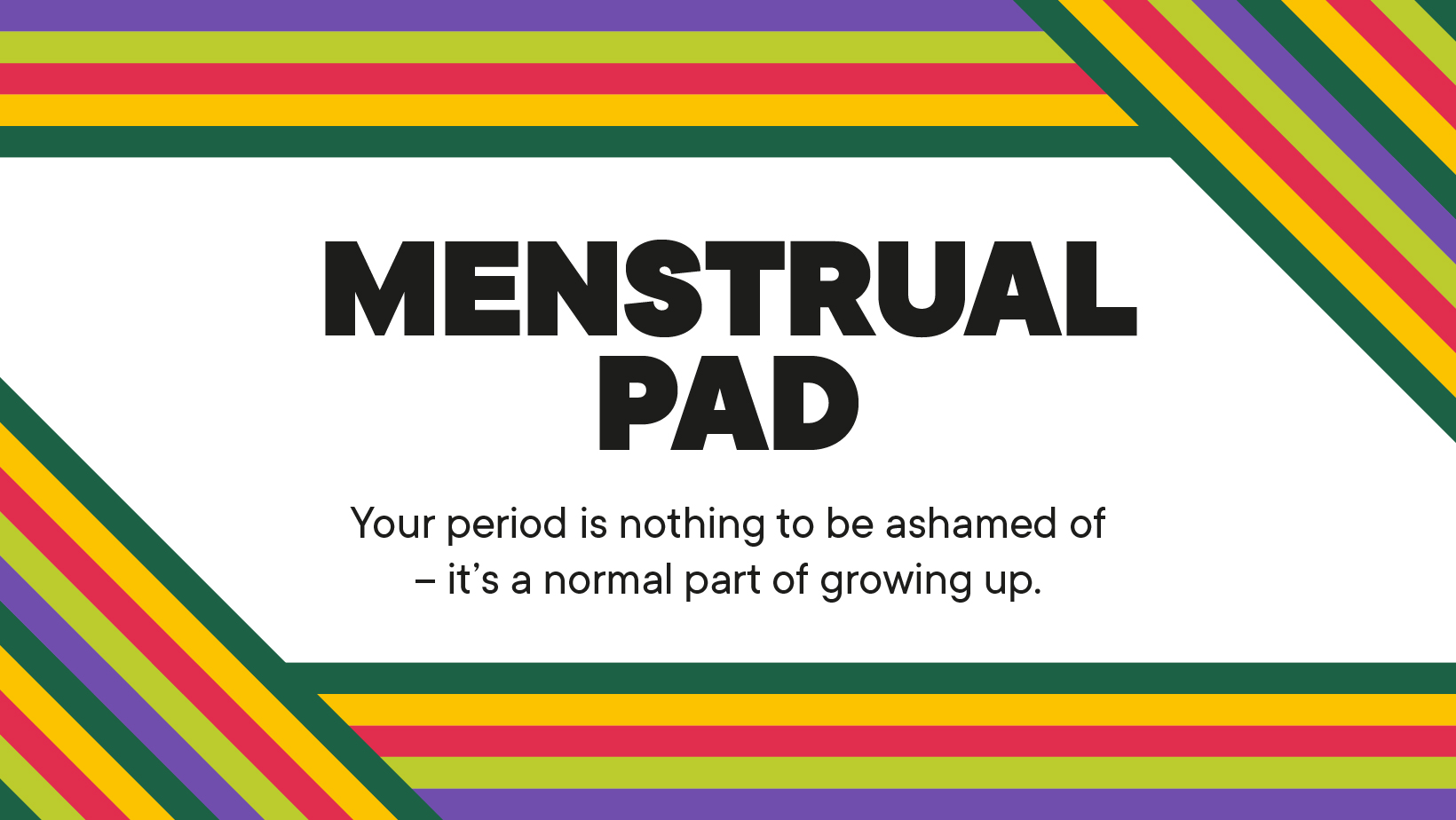New Strategy, Notable Results: m2m Releases Findings of our 2022 Annual Programme Review
In 2022, mothers2mothers (m2m) launched an ambitious five-year strategic plan—leveraging our proven female-led, peer-based model to deliver integrated primary health care services designed to double down on ending HIV, tackle related health challenges, and strengthen health systems—all with the aim of building a fairer and healthier future.
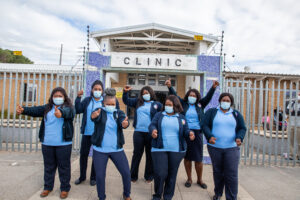
Mentor Mothers at Ikhwezi Clinic in Cape Town, South Africa
In the first year of implementation, the plan delivered exciting results—achieving continued impact at scale; contributing to the Global Goal of ending HIV, including meeting or surpassing all of UNAIDS’ ambitious 2025 targets designed to bring the AIDS epidemic under control; improving health and opportunity for women and families; and making notable progress in addressing health challenges that pose greater risks to individuals living with HIV, such as tuberculosis, cervical cancer, and malaria. These are among the key highlights from our 2022 Annual Programme Review, released today. (Click here to download the full factsheet: 2022 Annual Programme Review)
Driving Access to Health Care in Marginalised Communities
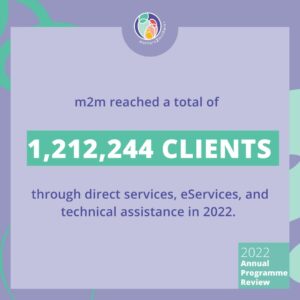 Despite delays in clients returning to health facilities after a gradual easing of COVID-19 restrictions in the second half of 2022, m2m continued to achieve impressive reach. As of the end of 2022, m2m provided direct services at 413 community and health facility-based locations across 10 countries in sub-Saharan Africa—employing 1,283 frontline staff living with HIV as community health workers, which provided opportunities to create economic well-being for themselves and their families. We reached a total of 1,212,244 new and returning clients in 2022 through direct services, eServices, and technical assistance—achieving 98% of our planned annual target for the year.
Despite delays in clients returning to health facilities after a gradual easing of COVID-19 restrictions in the second half of 2022, m2m continued to achieve impressive reach. As of the end of 2022, m2m provided direct services at 413 community and health facility-based locations across 10 countries in sub-Saharan Africa—employing 1,283 frontline staff living with HIV as community health workers, which provided opportunities to create economic well-being for themselves and their families. We reached a total of 1,212,244 new and returning clients in 2022 through direct services, eServices, and technical assistance—achieving 98% of our planned annual target for the year.
Supporting our strategic goal to amplify our impact through targeted health system strengthening, we also reached 40,553 clients through technical assistance in 2022, provided to governments and partners in Angola, Mozambique, South Africa, and Tanzania. That is a 13% increase over 2021 and far exceeding our planned annual target by 243%.
Doubling Down on Ending HIV
We are proud that we advanced our strategic goals to double down on HIV in 2022, and contributed to the global goal to end HIV/AIDS by 2030. For the 9th consecutive year, we achieved virtual elimination of mother-to-child transmission of HIV among our enrolled clients, with a transmission rate of 0.5% in 2022. Furthermore, only 0.45% of m2m clients who were HIV-negative when enrolled in our programme contracted HIV in 2022—the third consecutive year that we achieved and 5.12 times lower than the global benchmark of 2.3%. (Source: UNICEF)
For those clients who are living with HIV, m2m once again proved our ability to meet or surpass UNAIDS’ ambitious 2025 targets designed to bring the AIDS epidemic under control. More specifically:
- Target 1—95% of people living with HIV (PLWHIV) know their HIV status: 95% of m2m clients who are women (ages 15-49) tested for HIV, compared to a benchmark of 86% in sub-Saharan Africa. (Source: UNAIDS)
- Target 2—95% of PLWHIV who know their status initiate treatment: 98% of m2m clients who tested positive for HIV accessed treatment, compared to a benchmark of 76% in sub-Saharan Africa (Source: UNAIDS). That included 97% of children (ages 3-9), which is significant since globally just over half of children accessed treatment.(Source: WHO)
- Target 3—95% of PLWHIV on treatment are virally suppressed: 97% of m2m clients were virally suppressed compared to the benchmark of 71% in sub-Saharan Africa—meaning that the amount of virus in the blood has dropped to less than 1,000 copies per millilitre, as defined by the World Health Organization. (Source: UNAIDS)
In addition, m2m intentionally provided services to special populations for the first time in 2022, comprising 3% of our client base. This includes groups where there are high numbers of new HIV infections and additional health risks, such as male partners of existing clients, internally displaced people, and men who have sex with men.
Improving Health and Opportunity for Women and Families
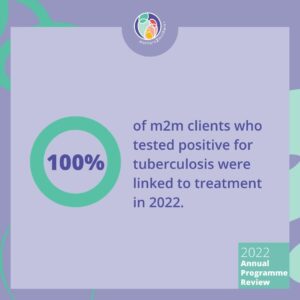 m2m continued to improve the health and well-being of the women and families we serve and, in line with our strategic plan, tackled related health challenges that disproportionately impact people living with HIV, such as tuberculosis, cervical cancer, and malaria. Among the highlights:
m2m continued to improve the health and well-being of the women and families we serve and, in line with our strategic plan, tackled related health challenges that disproportionately impact people living with HIV, such as tuberculosis, cervical cancer, and malaria. Among the highlights:
- 91% of our clients report consistent condom use—critical for preventing HIV and other STIs, and as an element of family planning.
- 98% of children receiving m2m early childhood development services achieved their developmental milestones at 12 months.
- 96% of m2m clients who are children were immunised at 12 months.
- 100% of m2m’s adolescent clients (ages 10-19) who tested positive for HIV accessed treatment, compared to an 83% benchmark for sub-Saharan Africa. (Source: UNAIDS)
- m2m pre-screened 142,510 clients for tuberculosis in 2022, almost twice as many as in 2021. In addition, 100% of m2m clients who tested positive for TB were linked to treatment.
- 96% of clients referred for cervical pre-cancer screening agreed to proceed with the procedure (specifically, visual inspection with acetic acid) compared to 34% in 2021, and 100% of clients diagnosed with cervical pre-cancer were linked to treatment.
- m2m almost doubled the number of families screened for risk of malaria in 2022 (to 14,001). 98% of those families received insecticide-treated mosquito nets. Furthermore, we almost tripled the number of pregnant women screened for risk of malaria in 2022 (to 19,141). 98% of these clients received preventative therapy.*
To stay up to date on how m2m is bringing our new strategic plan to life and advancing our mission of providing health care to families who need it most, delivered by women who know them best, follow the latest news on our website and our social channels.
*Data from Ghana, Kenya, Malawi, Uganda, and Zambia, which have a disproportionately high malaria burden.
